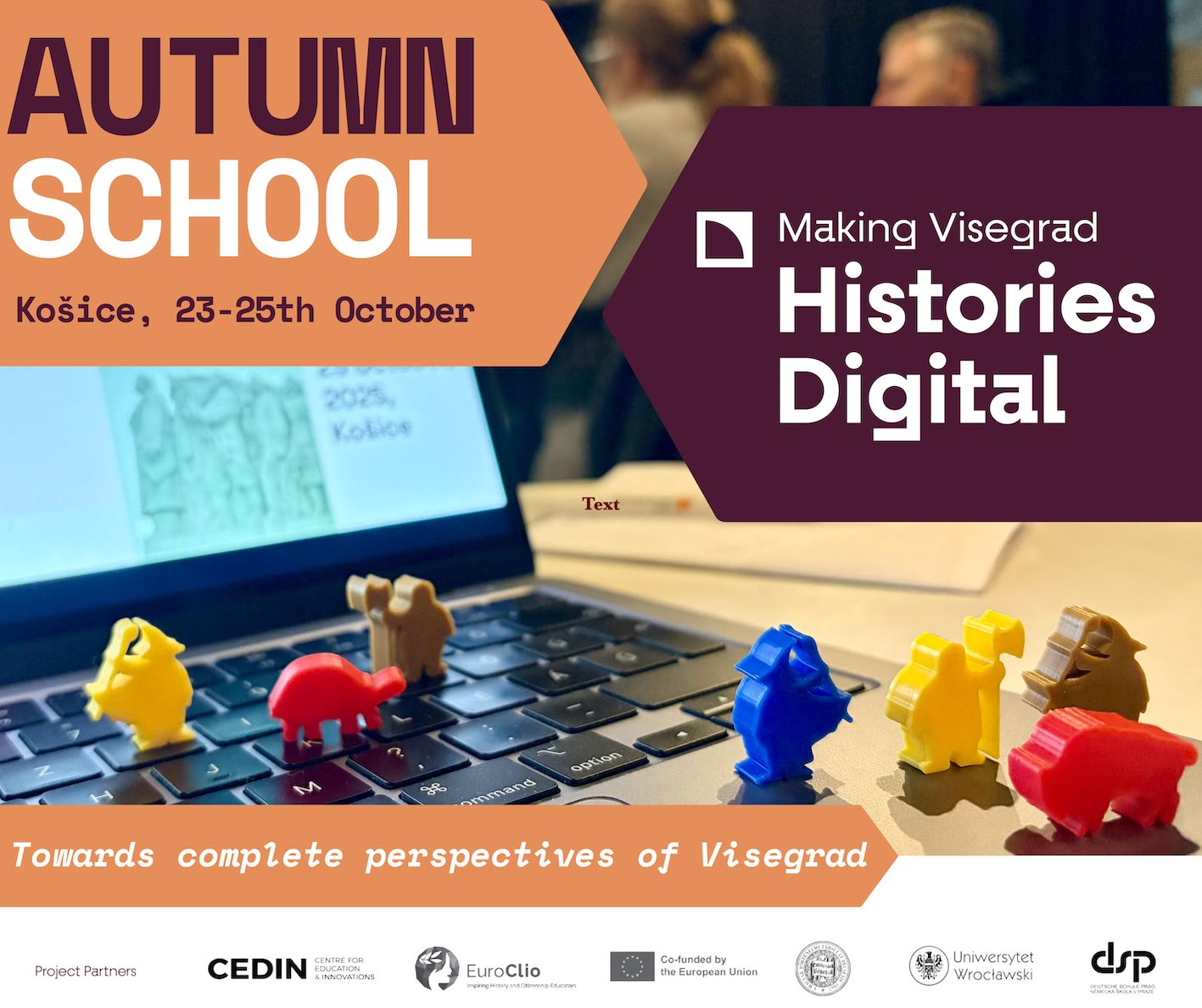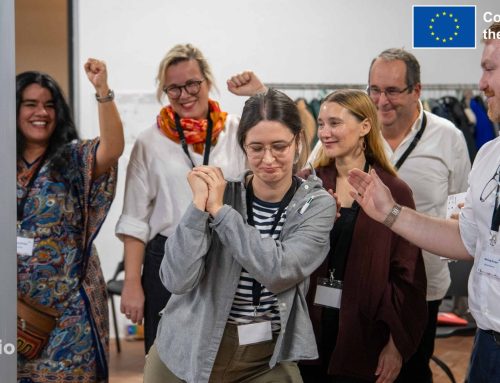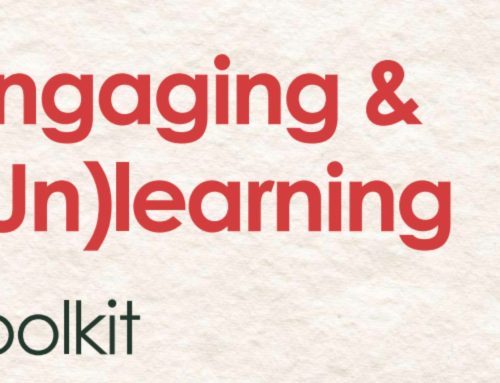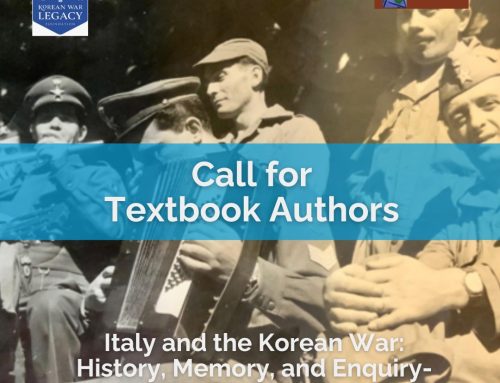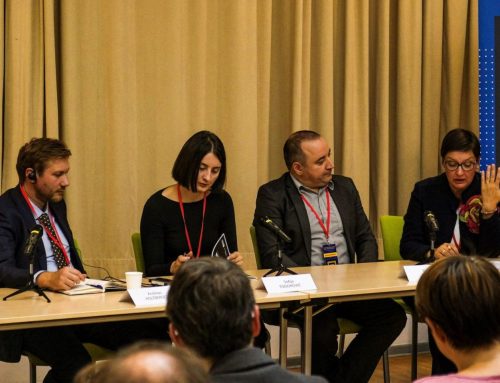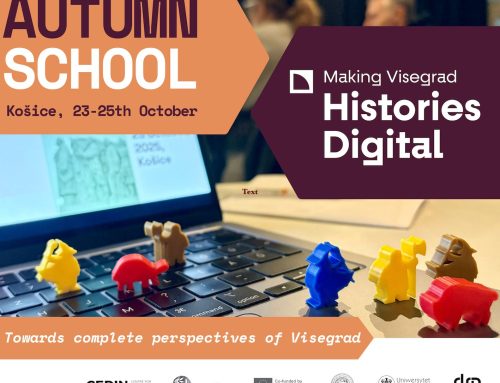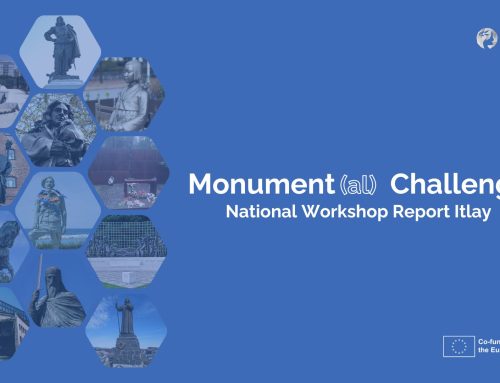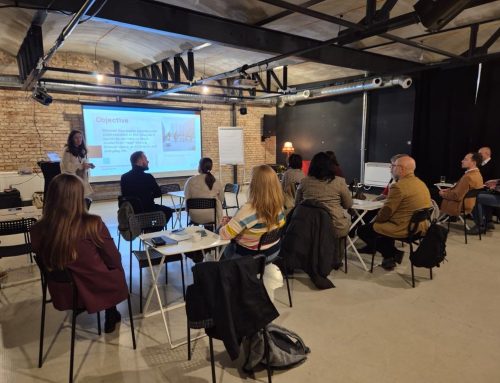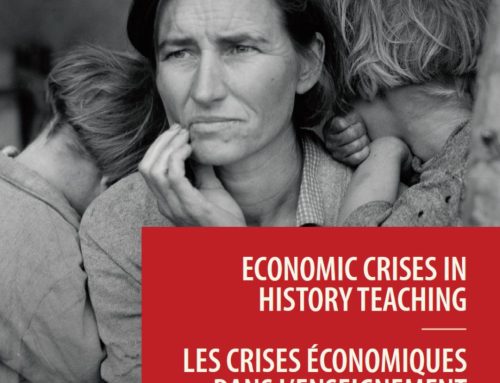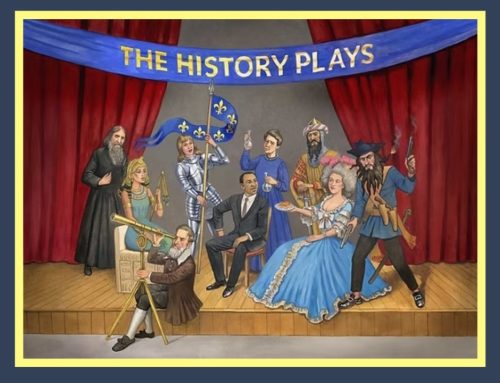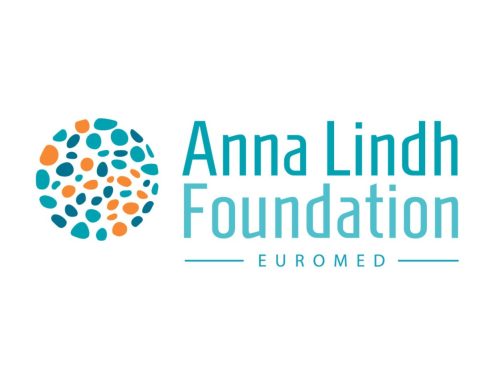History educators from across Europe gathered in Košice, Slovakia, for the Making Visegrad Histories Digital Autumn School, held from 23–25 October. Organised by EuroClio and CEDIN, the three-day programme brought together more than 60 teachers, historians, and education specialists to explore new approaches to teaching the shared histories of the Visegrad region.
The Autumn School opened with a warm welcome from Juraj Varga and Andreas Holtberget, for engaging discussions on history education in post-socialist contexts. The programme included panels, workshops, and collaborative sessions, allowing participants to exchange teaching practices and strategies.
The first day started with the panel of historians, “Challenges of teaching state socialism?” with Vojtech Ripka and Jacek Staniszewski, which enrich the conversations about approaches to difficult and contested histories. Participants then joined parallel workshops, including Constructing Community: Residential Spaces in Communist Societies (Laura Vas), The Most Unexpected Opponent of Communism – Teaching Communist Propaganda (Wojtek Bednarski), and What is nostalgia in the post-socialist context? (Václav Sixta).
Day two consisted of sessions such as Slovak–Hungarian Shared Past: Dispelling Historical Misconceptions (Balázs Bárány) and workshops including Why Should the Communist Era in the Visegrad Region Be Taught in Classrooms outside the Region (Igor Radulovic & Miloš Vukanović), Socialist Urbanism’s Impact on Environment (Stefania Gargioni), and Hear My Cry: Protest Against Totalitarian Governments (Jakub Mańczak). Participants also took part in workshops on The Socialist Industrialization of the Visegrad Countries (Dana Kušnírová) and Propaganda and Censorship of Culture Under Socialist Rule (Judit Tóth & Richard Fodor) on the last day.
The “Moving & Learning” session led by Radka Bajusová encouraged educators to learn how teaching methods could work together with physical engagement.
Other than the workshops, educators participated in a guided tour of Košice led by Dana Kušnírová, exploring how the city reflects the layers of its 20th-century history. The programme was continued with the presentation Visegrad Hub, where participants were informed about the Hub and then they shared reflections, discussed ideas for future collaboration, and strengthened the Visegrad Hub network. The programme concluded with concert of a local musician.
The Autumn School provided important opportunities for professional growth and showed how essential the dialogues are for teaching Europe’s connected histories. By mixing theory, practical resources, and group activities, the event demonstrated how digital tools can help make history education more innovative, inclusive, and thoughtful across the Visegrad region and beyond.

